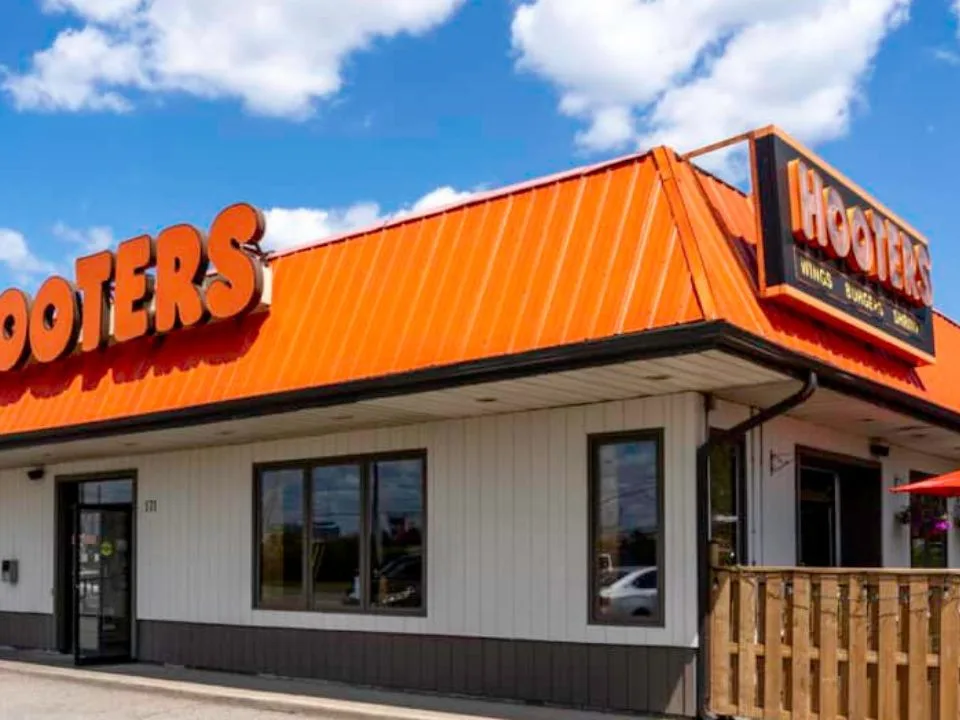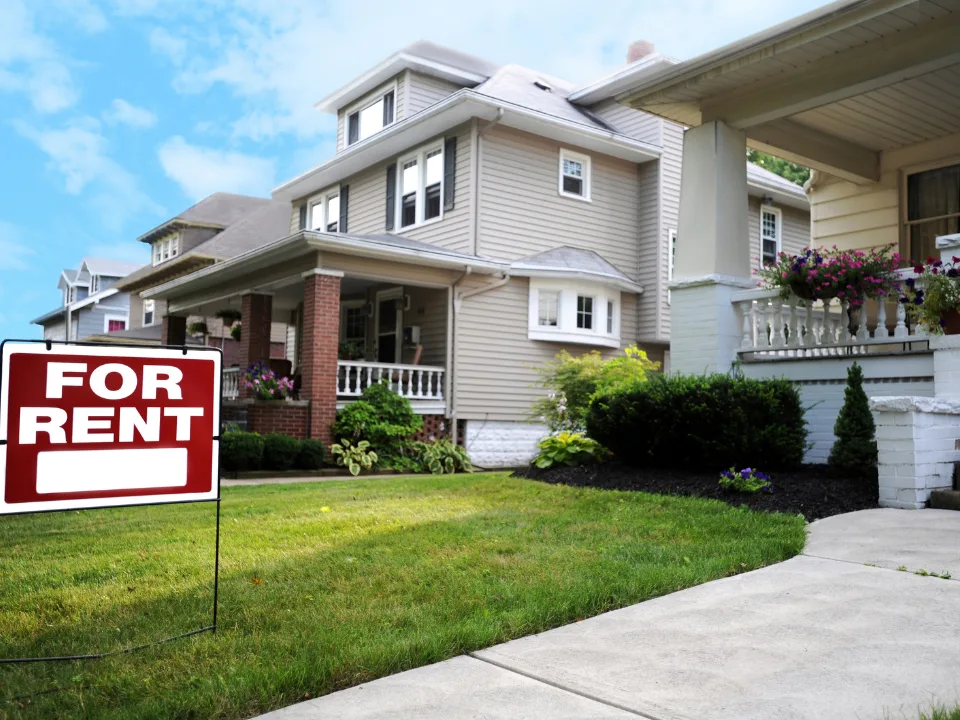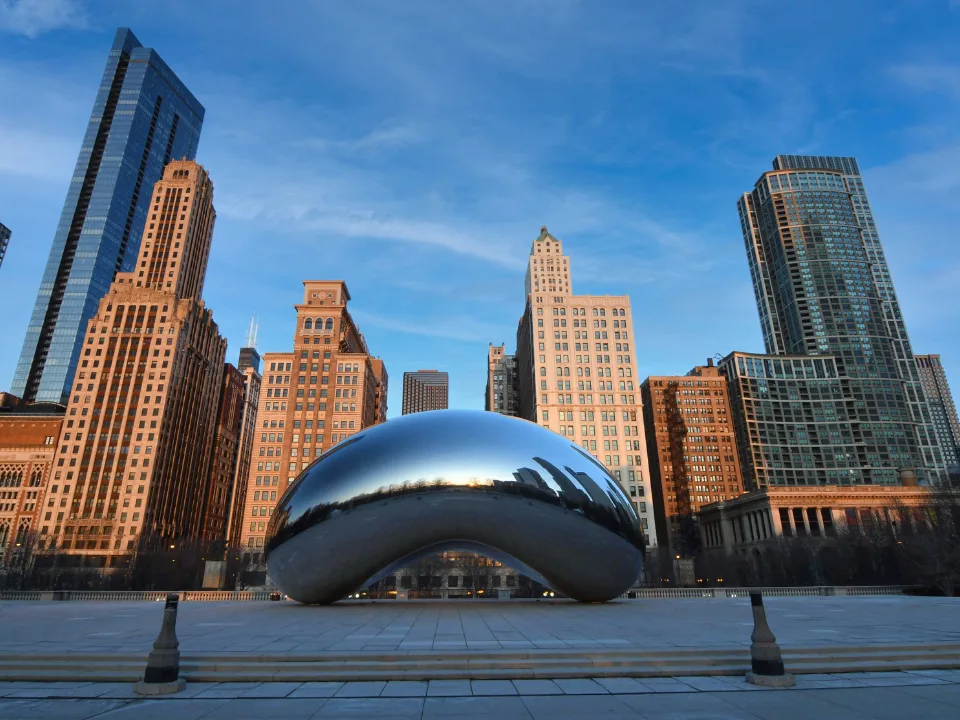- Restaurants, once viewed as risky, now thrive in CRE with growing dining-out trends.
- A post-pandemic shift towards more frequent dining out is reshaping retail, with record-high restaurant sales.
- Despite rising costs, growth remains positive, driven by changing trends and evolving consumer demands.
Rising restaurant leasing activity is transforming the U.S. retail landscape as more consumers choose to dine out, according to WSJ.
Eating Out in Droves
Restaurants are no longer viewed as risky tenants but instead as lucrative opportunities in CRE. Americans are also spending more on dining out, thanks to evolving consumer lifestyles and a revitalized ‘foodie’ culture nationwide.
Post-pandemic restaurant leasing has bolstered the entire retail sector, surprising industry analysts and contributing significantly to the sector’s recovery. Food services accounted for more than 19% of all retail leases last year, the highest percentage for any retail sector since at least 2007.
Changing Consumer Habits
A notable shift towards dining away from home is evident as households allocate more of their food budgets to restaurants. Higher restaurant sales, driven by various factors like higher income and changing demographics, reflect a growing preference for dining out over home-cooked meals.
According to the U.S. Agriculture Department’s Economic Research Service, last year, the typical household allocated almost 53% of its food budget to dining out, marking an all-time high and reflecting a 10 percentage point increase since 2003.
Even amidst economic challenges like inflation and rising costs, the overall outlook for the restaurant industry remains positive, with continued consumer spending and a resilient growth trajectory.
Why It Matters
Landlords have also embraced restaurants as valuable tenants due to their ability to drive foot traffic and enhance neighboring businesses. Creditworthy chains and data supporting the positive impact of food establishments have resulted in more landlord interest in lucrative restaurant leases.
Restaurant sales have reached unprecedented levels, with projections indicating they will surpass $1.1T in 2024—5.4% more than last year, as reported by the National Restaurant Association.
















